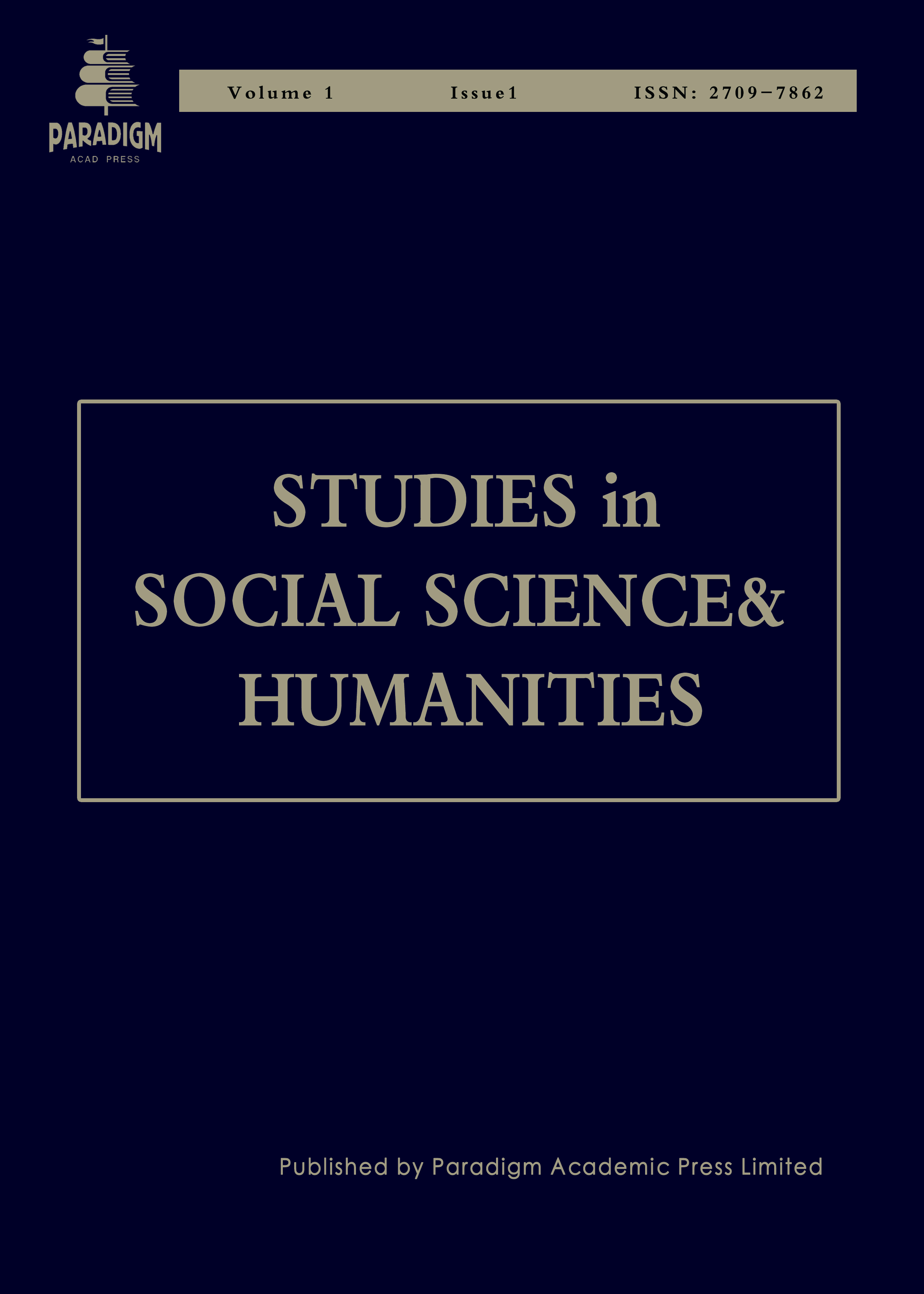An X-Ray of the Implementation of Separation of Powers Within the Cameroon Political Regime
Keywords:
Separation of Powers, Cameroon constitution, political regimeAbstract
Theoretically, the 1996 Constitution of Cameroon formally establishes a tripartite system of governance dividing powers among the executive, legislature and judiciary. However, the actual configuration of power reveals a dominance of the executive, a docile legislature, and a politicized judiciary. The central question addressed is to what extent does the Separation of Powers, as enshrined in Cameroon’s constitutional framework, reflect the reality of governance and institutional practice? With an objective to evaluate the operational independence and functional integrity of state institutions vis-à-vis their constitutional mandates and to highlight the structural and political barriers hindering effective Separation of Powers. Anchored on the theoretical lens of Constitutionalism and checks and balances, the paper draws from scholarly literature, legal texts and contemporary political events to provide a grounded analysis of Cameroon’s regime dynamics. The study reveals executive dominance, legislature subordination and judicial suppression. This analysis is given timely given Cameroon’s democratic backsliding and institutional stagnation. It contributes to debates on governance reform by making recommendations.


